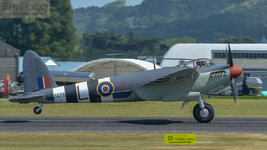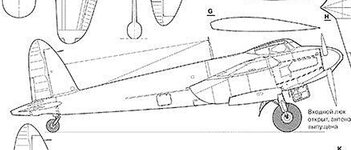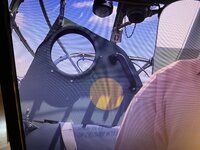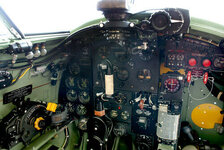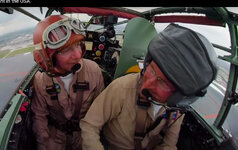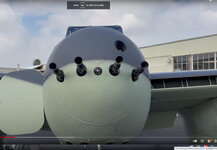MrSmoothie
Airman
- 68
- Jan 21, 2019
Since I apparently don't know the correct terminology, I've been unable to find out what the purpose is for the external strake on the Mosquito's side, and why only on the starboard side? I suspect the answer to the latter is that both props turn clockwise (from pilot's perspective), so the pull (torque, P-factor) would be to the left. Why was it added externally and not built into the fuselage's basic shell?


